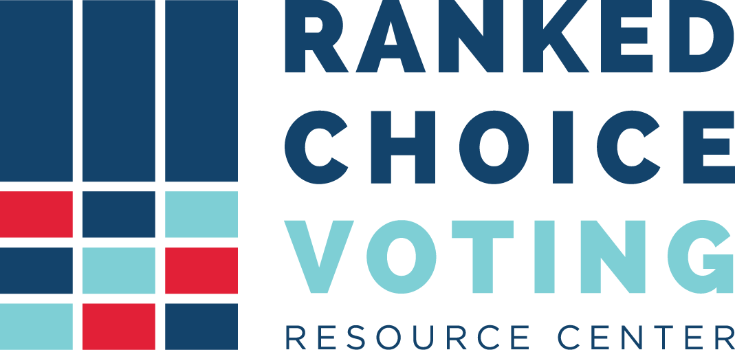CANDIDATES
How does ranked choice voting (RCV) look from the candidates' perspective? We've talked to candidates about their experience and identified some best practices.
Educating candidates about the voting and election process can be part of any election, but when implementing RCV, it is critical to provide educational tools and resources to this audience.
It is key that candidates understand how RCV works both for their campaign and for the interactions they have with voters.
Here are some candidate education materials that may be useful for conducting an RCV election. Additional materials are being compiled and will be added to the Resource Center soon.
-
RCV Candidate Guidance (NYC Campaign Finance Board, 2021)
-
Tips for Candidates in RCV Elections (FairVote California)

WHY ADOPT RCV
-
Eliminate Unnecessary Primary and Runoff Elections
-
Increased Civility in Campaigns
-
Promoting Fair Representation
-
Avoid Vote-Splitting and Weak Plurality Results
-
Military and Overseas (UOCAVA) Voters


EDUCATIONAL TOOLBOX
The toolbox is a series of five online RCV lessons that are customizable, educational, and user-friendly. Each lesson includes a workbook with more detailed information on that topic and is designed as a companion piece.

TYPES OF RCV
There are two primary forms of RCV in the United States:
-
Single-winner RCV
-
Proportional RCV

ELECTIONS
-
RCV Tabulation & Results Reporting
-
Poll Results and Lessons Learned
-
Post-Election Media

